Axion Quasiparticles Observed in Topological Antiferromagnet, Enabling Dark Matter Research
Researchers have detected axion quasiparticles in a topological antiferromagnet (MnBi2Te4), opening new avenues for understanding and detecting dark matter. The discovery, achieved using ultrafast pump-probe spectroscopy, could lead to the development of axion dark matter detectors and applications in ultrafast antiferromagnetic spintronics. The observation relies on exploiting the material's unique topological and magnetic properties.
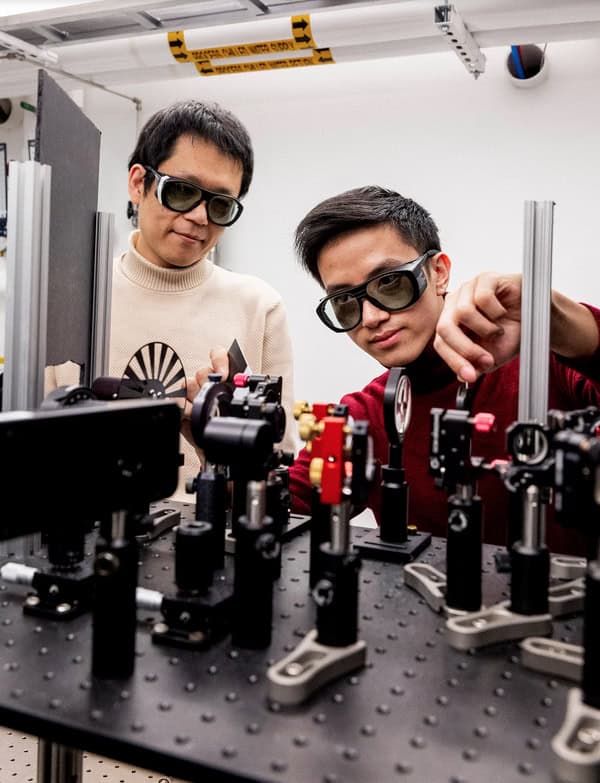
 Physics World
Physics World
Axion Quasiparticles Observed in Topological Antiferromagnet, Aiding Dark Matter Search
Researchers have detected axion quasiparticles in manganese bismuth telluride (MnBi2Te4), a topological antiferromagnet. This discovery offers a new avenue for studying axions, a potential dark matter candidate. The experiment involved ultrafast pump-probe spectroscopy, observing coherent oscillations indicative of axion quasiparticles. Future research aims to create axion-polaritons and explore applications in ultrafast spintronics and dark matter detection.
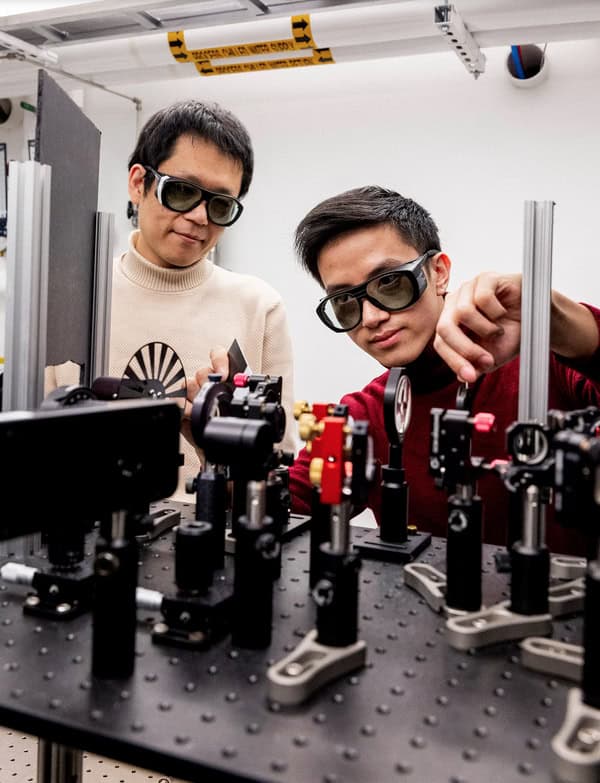
 Physics World
Physics World
Axion Quasiparticles Observed in Topological Antiferromagnet, Promising Dark Matter Detection
Researchers at Harvard University have detected axion quasiparticles in a topological antiferromagnet (MnBi2Te4). This discovery offers a new approach to detecting dark matter by using quasiparticle axions as simulators in quantum materials. The experiment involved ultrafast pump-probe spectroscopy and could lead to advancements in ultrafast antiferromagnetic spintronics and axion dark matter detector development.
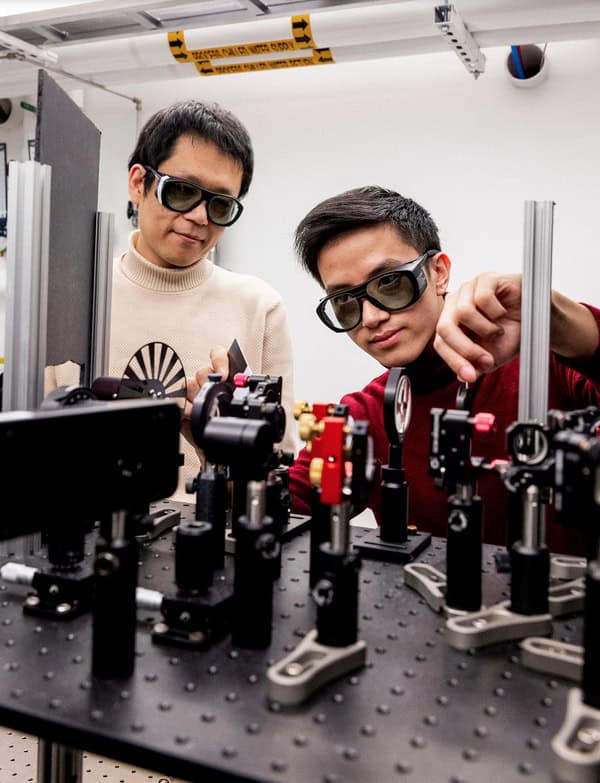
 Physics World
Physics World
MIT Engineers Achieve Breakthrough in Quantum Computing with Novel Superconducting Circuit
MIT engineers have developed a new superconducting circuit architecture featuring a 'quarton coupler' that achieves record-breaking nonlinear light-matter coupling. This breakthrough could significantly accelerate quantum computing speeds by enabling faster qubit readout and error correction. The research demonstrates potential for fault-tolerant, real-world quantum applications.

 SciTechDaily
SciTechDaily
 Nature
Nature
 MIT News
MIT News
 Interesting Engineering
Interesting Engineering
No Valid Content Found: Unable to Synthesize News Article
No article description available as the provided HTML input was empty or contained irrelevant content, preventing any meaningful analysis or synthesis.

 Daily Kos
Daily Kos
Dark Energy Debate: Is It Fading, and What Does It Mean for the Universe?
Recent findings from DESI indicate that dark energy might be weakening, prompting a reevaluation of the standard cosmological model. This has ignited a debate among physicists, with some suggesting alternative theories involving dark matter decay, a new fundamental force, or modifications to gravity. The implications of a weakening dark energy range from violating fundamental physics principles to potentially altering our understanding of the universe's fate.
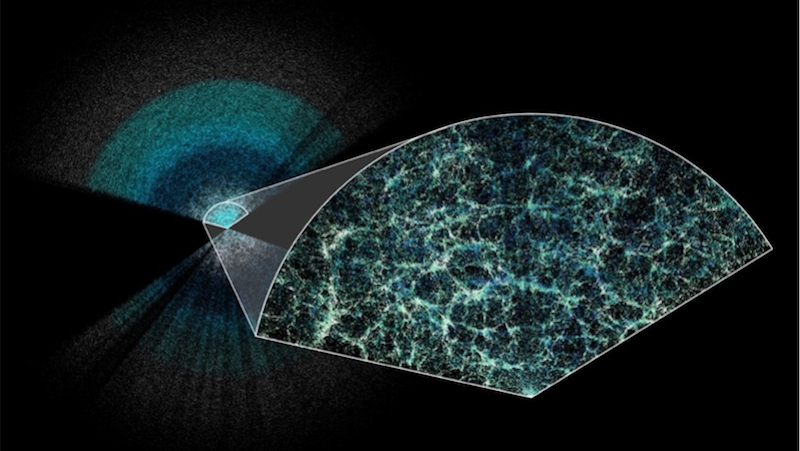
 Big Think
Big Think
 newscientist.com
newscientist.com
 Scientific American
Scientific American
 The Hindu
The Hindu
Scientists Create 'Black Hole Bomb' Analog in Lab, Validating Decades-Old Theory
Scientists have created a 'black hole bomb' analog in a lab, confirming the Zel'dovich effect, first proposed in 1971. The experiment involves a rotating aluminum cylinder and magnetic fields, simulating the energy amplification process near black holes. This breakthrough offers a safer way to study black hole energy dynamics and may have implications for energy extraction and quantum mechanics.
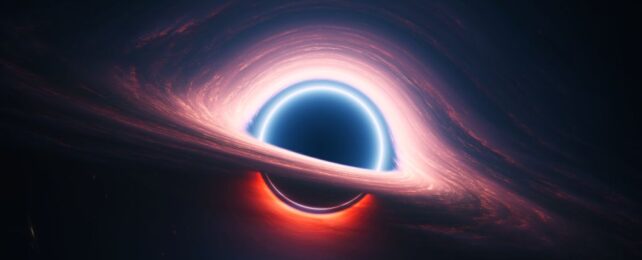
 ScienceAlert
ScienceAlert
 The Daily Galaxy
The Daily Galaxy
 IFLScience
IFLScience
 Business Today
Business Today
Scientists Create First Lab Analog of 'Black Hole Bomb' Theory
Scientists have created a laboratory analog of the 'black hole bomb' theory, which suggests energy amplification is possible near rotating black holes. The experiment uses a rotating aluminum cylinder and magnetic fields to simulate the ergosphere and frame-dragging effects of a black hole, successfully demonstrating energy amplification, thus providing a valuable tool for understanding black hole physics.
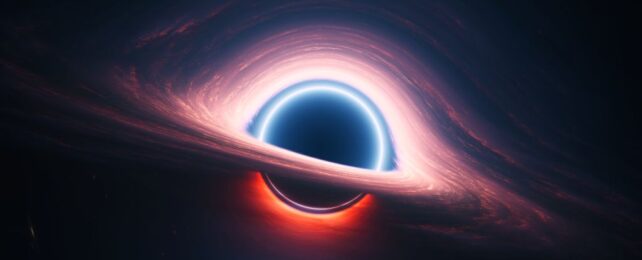
 ScienceAlert
ScienceAlert
Vast Cosmic Structures Challenge Universe Models: Big Ring, Giant Arc, and Quipu
Astronomers have identified colossal cosmic structures, including the Big Ring, Giant Arc, and Quipu, that defy the cosmological principle, which assumes the universe is homogeneous on a large scale. These discoveries challenge current cosmological models, suggesting the need for revisions in understanding cosmic evolution and structure formation, potentially impacting theories about the Big Bang, dark matter, and dark energy.
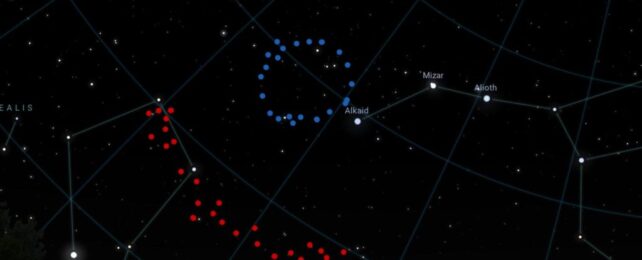
 ScienceAlert
ScienceAlert
 BBC
BBC
 Techno-Science.net
Techno-Science.net
 On The Edge News
On The Edge News
Gigantic Cosmic Structures Challenge Universe Models: Big Ring, Giant Arc, and Quipu
Astronomers have discovered several immense cosmic structures, including the Big Ring, Giant Arc, and Quipu, which defy the cosmological principle that the universe should be homogeneous on a large scale. These structures' sizes and configurations challenge existing cosmological models, prompting scientists to consider alternative theories and refine their understanding of the universe's evolution and structure formation.
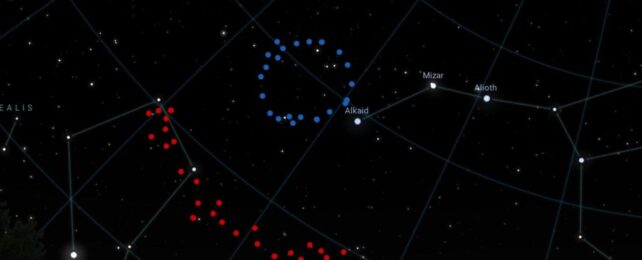
 ScienceAlert
ScienceAlert
 BBC
BBC
 Techno-Science.net
Techno-Science.net
 On The Edge News
On The Edge News
Astrophysicists Discover Giant Structures Challenging Our Understanding of the Universe
Recent astronomical discoveries, including the Big Ring, Giant Arc, and the Hercules-Corona Borealis Great Wall, are challenging existing cosmological models. These structures, vastly larger than theoretically predicted, suggest the universe is more interconnected and inhomogeneous than previously thought, prompting scientists to reconsider fundamental aspects of cosmic evolution and the distribution of matter in space.
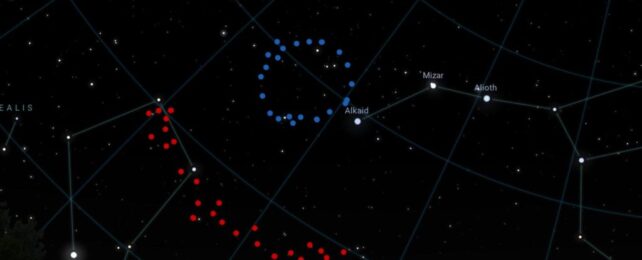
 ScienceAlert
ScienceAlert
 ECOticias.com El Periódico Verde
ECOticias.com El Periódico Verde
 BBC
BBC
 ScienceAlert
ScienceAlert
Theoretical Gravastars: Even Weirder Alternatives to Black Holes, Made of Dark Energy
The article introduces gravastars, theoretical objects similar to black holes in mass and density but fundamentally different in structure. Gravastars are composed of dark energy surrounded by a shell of exotic matter, which is extremely thin, utterly dark, and incredibly cold—just above absolute zero.

 Kottke.org
Kottke.org
Quantum Data Transmitted Over Existing Internet Cables, Revolutionizing Secure Communication
Researchers at Toshiba Europe have successfully transmitted quantum data over 254 kilometers of existing fiber-optic infrastructure without cryogenic systems, marking a significant advancement in quantum key distribution (QKD). This breakthrough enables ultra-secure communication by integrating quantum data with conventional internet traffic, paving the way for a quantum internet and enhanced cybersecurity.
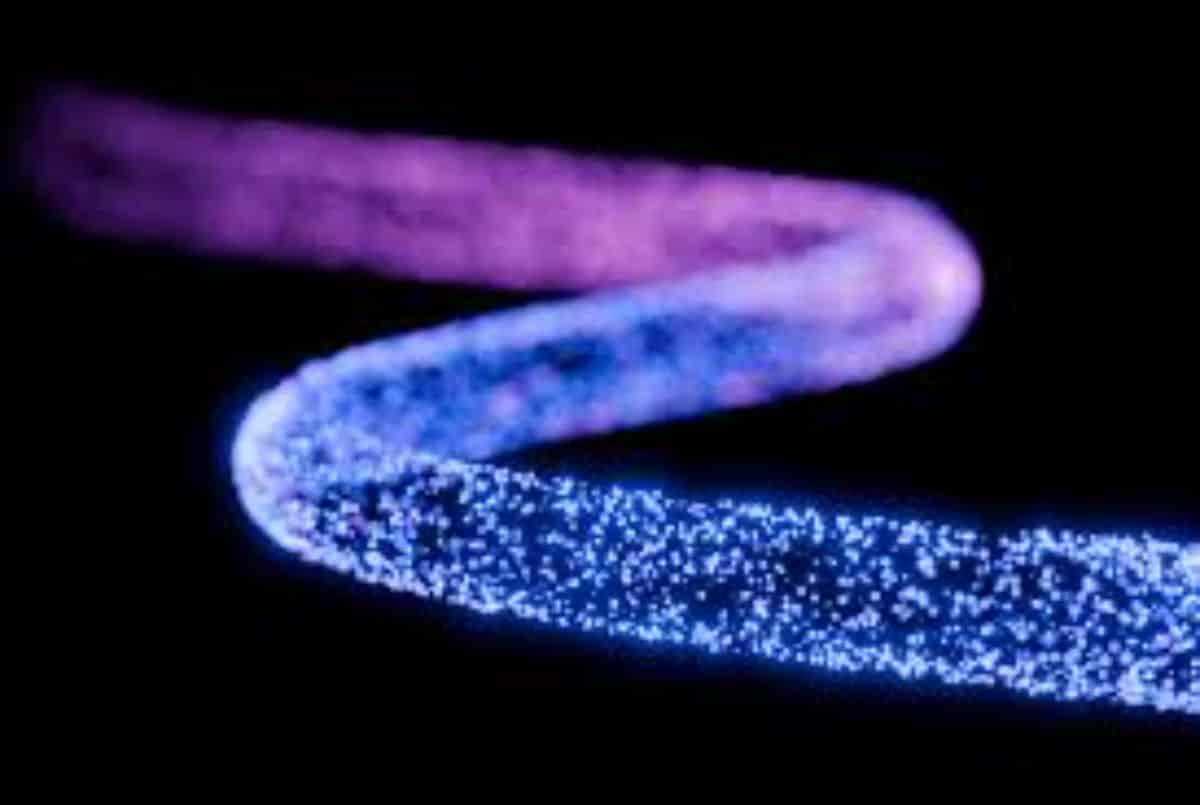
 thebanginbeats.com
thebanginbeats.com
 Nature
Nature
 New Scientist
New Scientist
 Yahoo
Yahoo
Collapsing Stars May Dissolve into Neutrons, Forming Heavy Elements: New Study
A recent study proposes that high-energy photons from collapsing stars dissolve the outer layers into free neutrons, leading to the rapid neutron-capture process (r-process) and the creation of heavy elements. This phenomenon, occurring in collapsars, may also explain kilonovae associated with long-duration gamma-ray bursts and addresses questions regarding neutron transport and rare event observations.
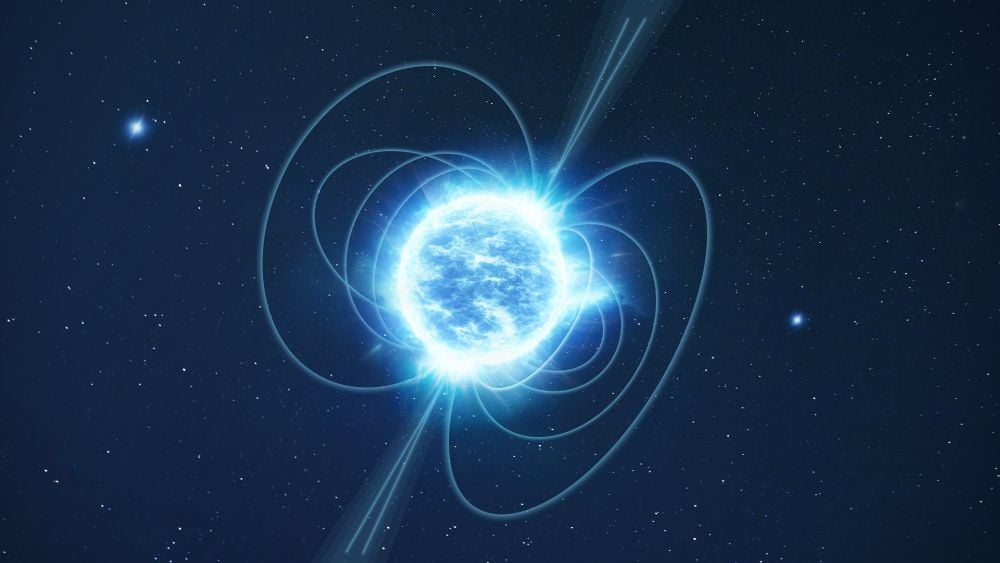
 Universe Today
Universe Today
 SciTechDaily
SciTechDaily
 Newsweek
Newsweek
 Sci.News
Sci.News
Dying Stars May 'Dissolve' to Forge Heavy Elements via Photon Jets
A new study proposes that high-energy photon jets emerging from collapsing stars can dissolve the star's outer layers into free neutrons, facilitating the rapid neutron-capture process (r-process) and the formation of heavy elements like uranium and plutonium. This process may also explain kilonovae associated with long-duration gamma-ray bursts.
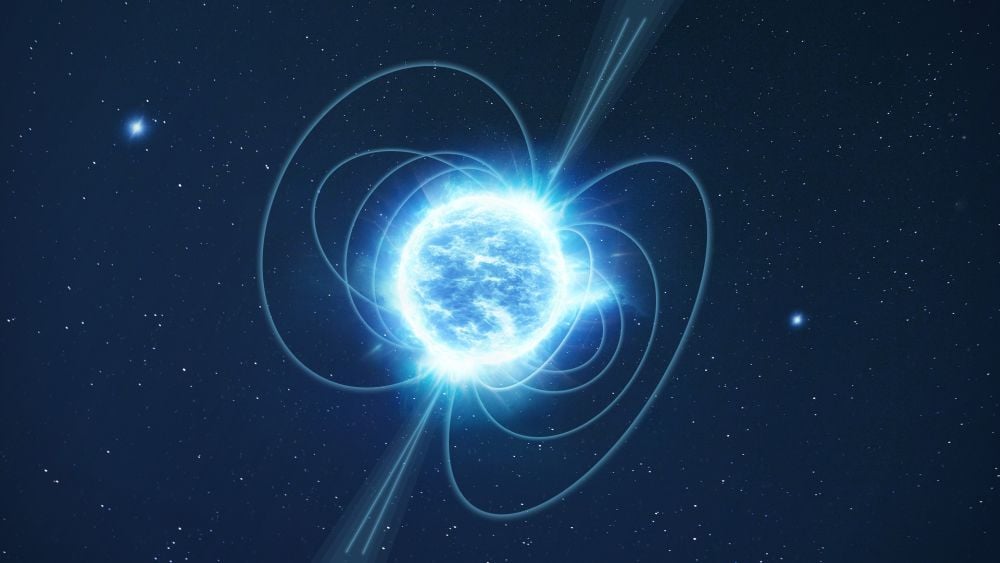
 Universe Today
Universe Today
 SciTechDaily
SciTechDaily
 Newsweek
Newsweek
 Sci.News
Sci.News
Collapsing Stars May Dissolve into Neutrons, Forming Heavy Elements: New Study
A recent study proposes a novel mechanism for the creation of heavy elements like uranium and plutonium. It suggests that as massive stars collapse into black holes, high-energy photons produced in the resulting jets can dissolve the star's outer layers into free neutrons. These neutrons then participate in the rapid neutron-capture process (r-process), forging heavy elements that are expelled into space.

 Universe Today
Universe Today
 SciTechDaily
SciTechDaily
 Newsweek
Newsweek
 Sci.News
Sci.News
Super-Kamiokande: Underground Lab in Japan Detects Neutrinos, Explores Universe's Mysteries
The Super-Kamiokande, a massive underground neutrino detector in Japan, is revolutionizing our understanding of the universe by detecting elusive neutrinos. It helps in detecting supernovae, studying neutrino oscillations, and exploring the differences between matter and antimatter. Its unique design and ultra-pure water facilitate the detection of these particles.
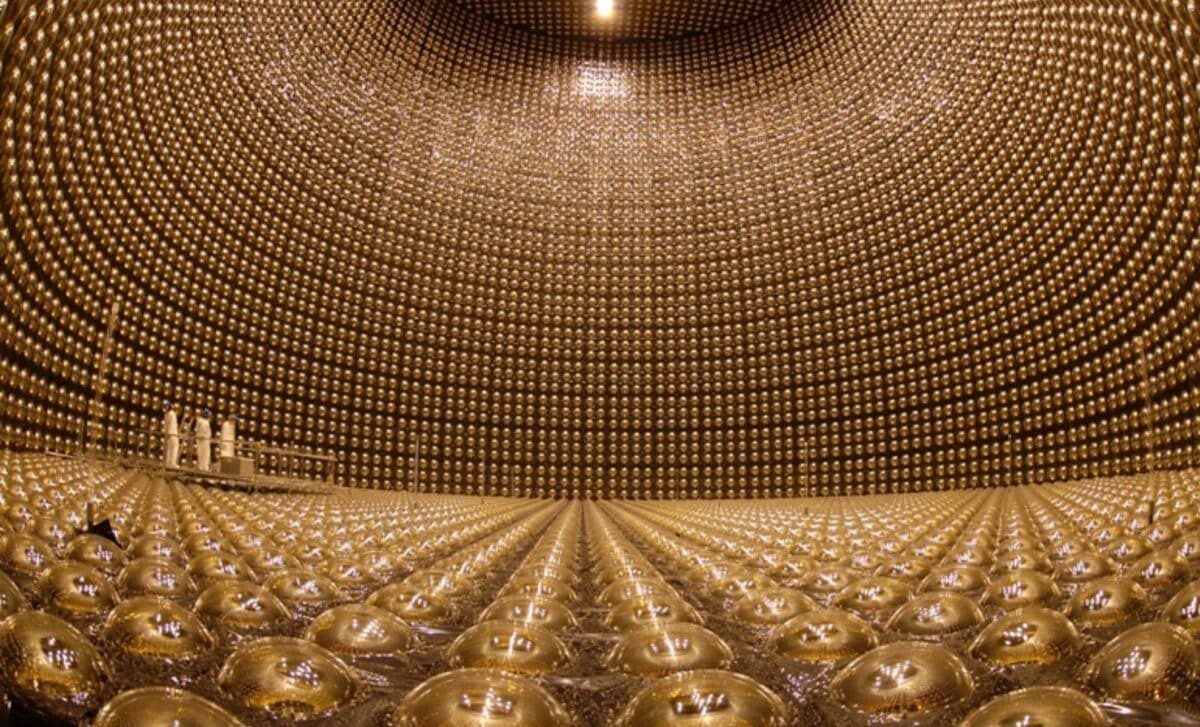
 The Daily Galaxy
The Daily Galaxy
Super-Kamiokande: Underground Lab Detects Neutrinos, Unravels Universe's Mysteries
The Super-Kamiokande, a massive underground neutrino detector in Japan, detects neutrinos from supernovae and studies neutrino oscillations. Its capabilities include detecting faint light bursts from neutrinos traveling faster than light in water and contributing to the understanding of the matter-antimatter asymmetry in the universe. The detector is located 1,000 meters underground and contains 50,000 tonnes of ultra-pure water.
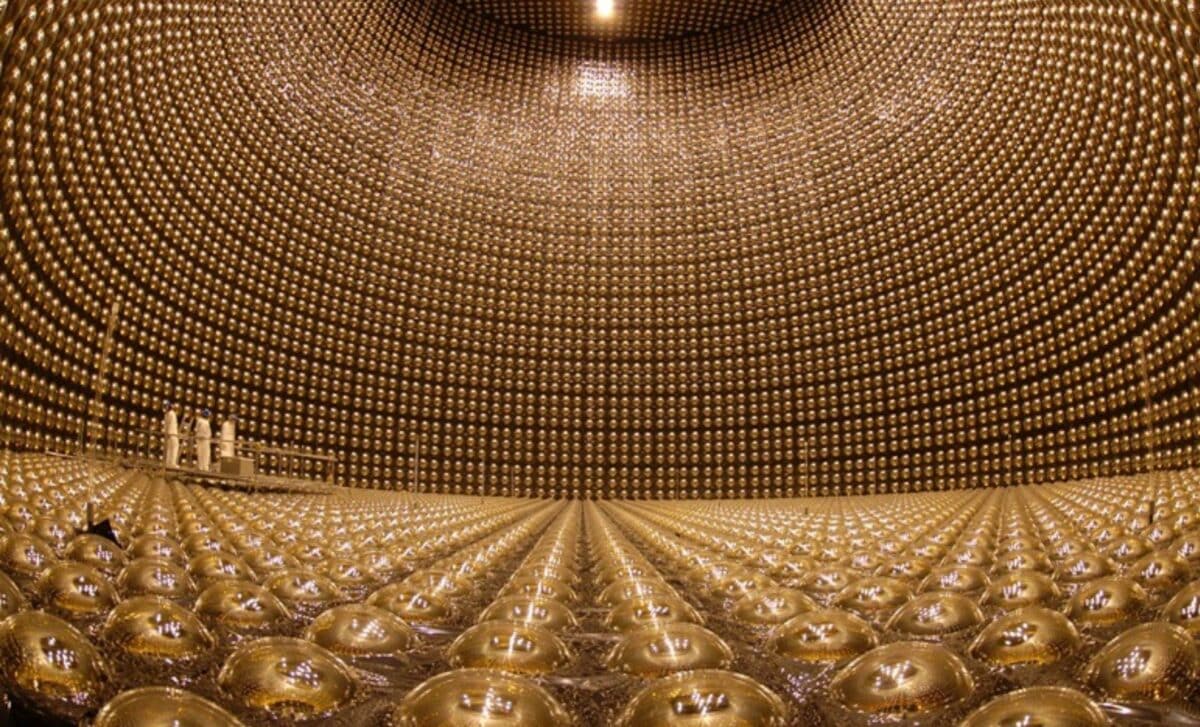
 The Daily Galaxy
The Daily Galaxy
Super-Kamiokande: Underground Lab in Japan Detects Exploding Stars via Neutrinos
The Super-Kamiokande, a massive underground neutrino detector in Japan, is enabling scientists to study elusive neutrinos. It detects supernovae, and explores matter-antimatter asymmetry. The detector uses ultra-pure water and sensitive light detectors to capture faint bursts of light from neutrino interactions. Scientists also study neutrino oscillations by firing them across Japan.
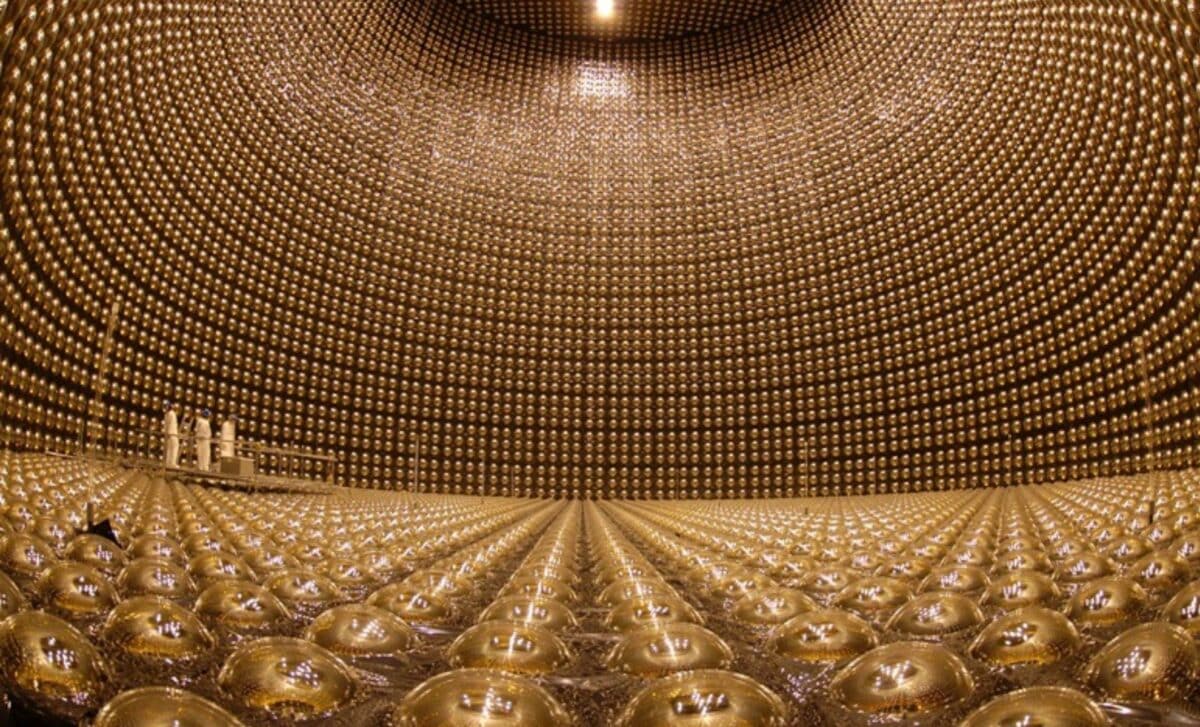
 The Daily Galaxy
The Daily Galaxy
Axion Search: Galaxies Probed for Dark Matter Candidates, New Constraints Set
Two research teams have independently investigated axions, hypothetical particles that could explain dark matter and issues with the strong force, by observing starburst galaxies. Using X-ray data from the NuSTAR telescope, the teams searched for specific axion signatures. While no definitive signals were detected, the results set new limits on axion properties within specific mass ranges, contributing valuable data to the ongoing search for dark matter.
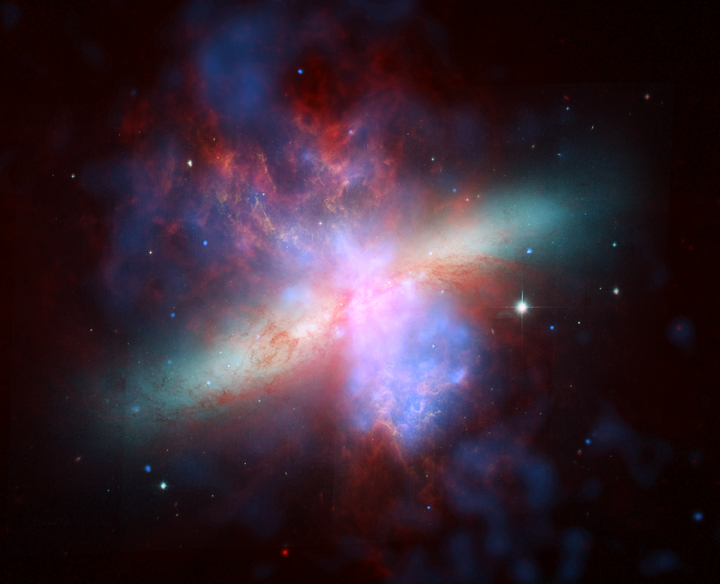
 American Physical Society
American Physical Society









